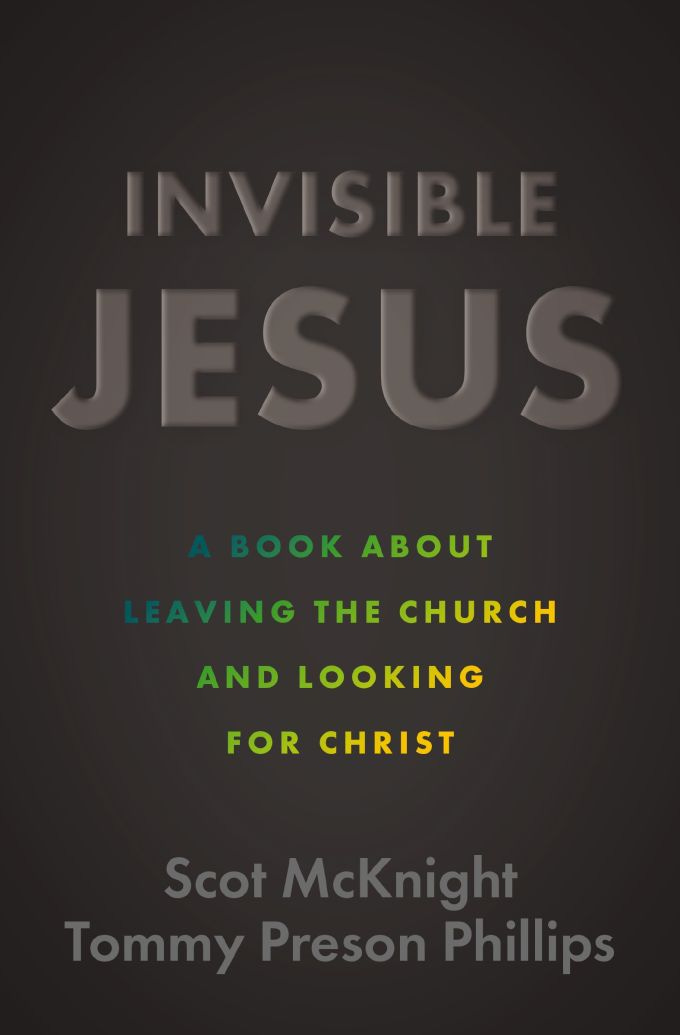The Faith Journey of the Johannine Community
In preparing to preach and write my way through the Gospel of John this year, I’ve already found so much to love about this book. I’ve been reading about the Johannine community, the community out of which the Gospel arose (also, possibly 1, 2, and 3 John), and I’ve developed an affinity for them, their journey, and their faith journey.
Scholars who study the Johannine community tell us that their journey is crucial to the formation of the book. As a small Christian community that had been exiled, rejected, and thrown out of the synagogues over their allegiance to Jesus, they set off to worship outside the synagogues with other Christians. But this was a struggle as well —they were troubled by a new generation of the church that was not taking Jesus seriously enough.
The Gospel of John seems to respond to that journey with its high Christology and eschewing hierarchy and law-keeping traditions.
This is why the Gospel of John depicts Jesus the way it does, with all of creation—plants, animals, and humanity—seeming to swirl around him, pulled inwards towards his goodness and otherworldly power and submitting to his authority over the cosmos. Their Gospel retelling tells Jesus' story in a way that depicts Jesus reigning in power in far more dramatic ways than the synoptic Gospels, and that on purpose.
Perhaps today we might say that the Johannine community had gone through a state of deconstruction, rejecting the traditions, hierarchy, and laws of their previous faith construct and pushing back against the rootless Romanesque Christianity that was arising around them.
I see, in the Gospel of John, the struggle of many deconstructors who have been on that same journey. Dr. McKnight and I addressed this in our book, Invisible Jesus.
Deconstruction Towards a Centered Faith
1Some have described what’s happening in deconstruction as a kind of “centered-set” thinking. Time and time again, we’ve found that deconstructors want to get back to Jesus and want to base everything they believe on Jesus. They often describe a sensation of discovering the Bible all over again when they begin to read the Gospels once again. They describe a shift to thinking more like Jesus, acting more like Jesus, and letting Jesus’ vision for the kingdom reshape their life. He becomes the center of their life.
Centered-set thinking contrasts more directly with bounded-set thinking. A bounded set emphasizes boundaries. It defines who is “in” and who is “out.” It spells out in detail what an acceptable person must believe and how such persons should behave. Only those who are inside the boundaries can belong to the group. Uniformity characterizes the group, and the uniformity is conservative in the sense that it is neither flexible nor open to change. Either you’re in or you’re out, and if you’re in, you’re all in.
The common problem with bounded sets is determining how to define the boundaries. A bounded-set person could risk losing Jesus in their efforts to build walls at the borders of their faith. Deconstructors would say those who think this way have lost Jesus because they focus excessively on who is in and who is out, and especially on keeping the wrong people out.
Centered-set thinking defines a person not by a set of boundaries but by their relationship or proximity to the center of the faith (which is Jesus). A centered-set person tends to focus their attention on the magnificence at the core of their faith. The centered-set person perceives people, behaviors, and ideas not by a set of fences but by their proximity or likeness to Jesus. Are they moving toward Jesus, toward the center? Instead of uniformity and inflexibility, the centered set tends to have diversity, room for adjustments, and a toleration of differences as people approach Jesus in different ways from different directions. Generally speaking, centered sets are dynamic, while bounded sets are more static.
A centered-set approach to faith does not mean the only article of faith is Jesus, and Jesus alone. Beliefs about God, the Spirit, redemption, the cross, resurrection, justification by faith, and other beliefs are all still important in a centered-set approach. But rather than defining the faith with clear boundary markers, we have something more akin to what C. S. Lewis called mere Christianity.
There is a defined center, but it is Jesus, the person, the one who lived and taught and did astounding things, who died and was raised and ascended and who is returning. The stories in the Gospels and our theological affirmations derive from who Jesus is and what Jesus did, and they are the ones that matter. The less connected these are to Jesus, the less centered they are. And we don’t get to decide for ourselves which items to pick and choose. This is not the “You choose atonement, but I don’t like atonement” approach. A centered set may be less clearly defined, but it is not a “you do you and I do me” form of the faith.
_____________________________________________________________________
This has been a segment from Invisible Jesus: A Book About Leaving the Church and Looking for Christ
McKnight, Scot; Phillips, Tommy Preson. Invisible Jesus: A Book about Leaving the Church and Looking for Christ (pp. 40-42). (Function). Kindle Edition.





